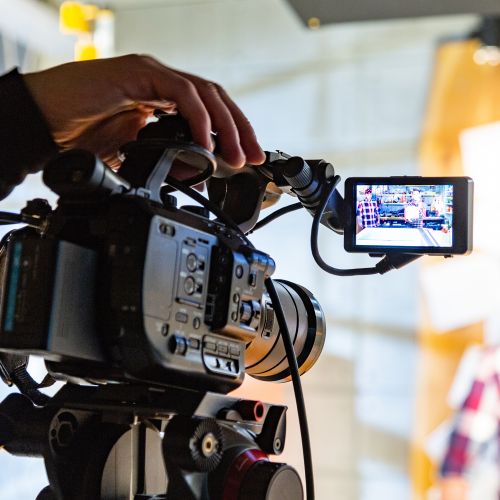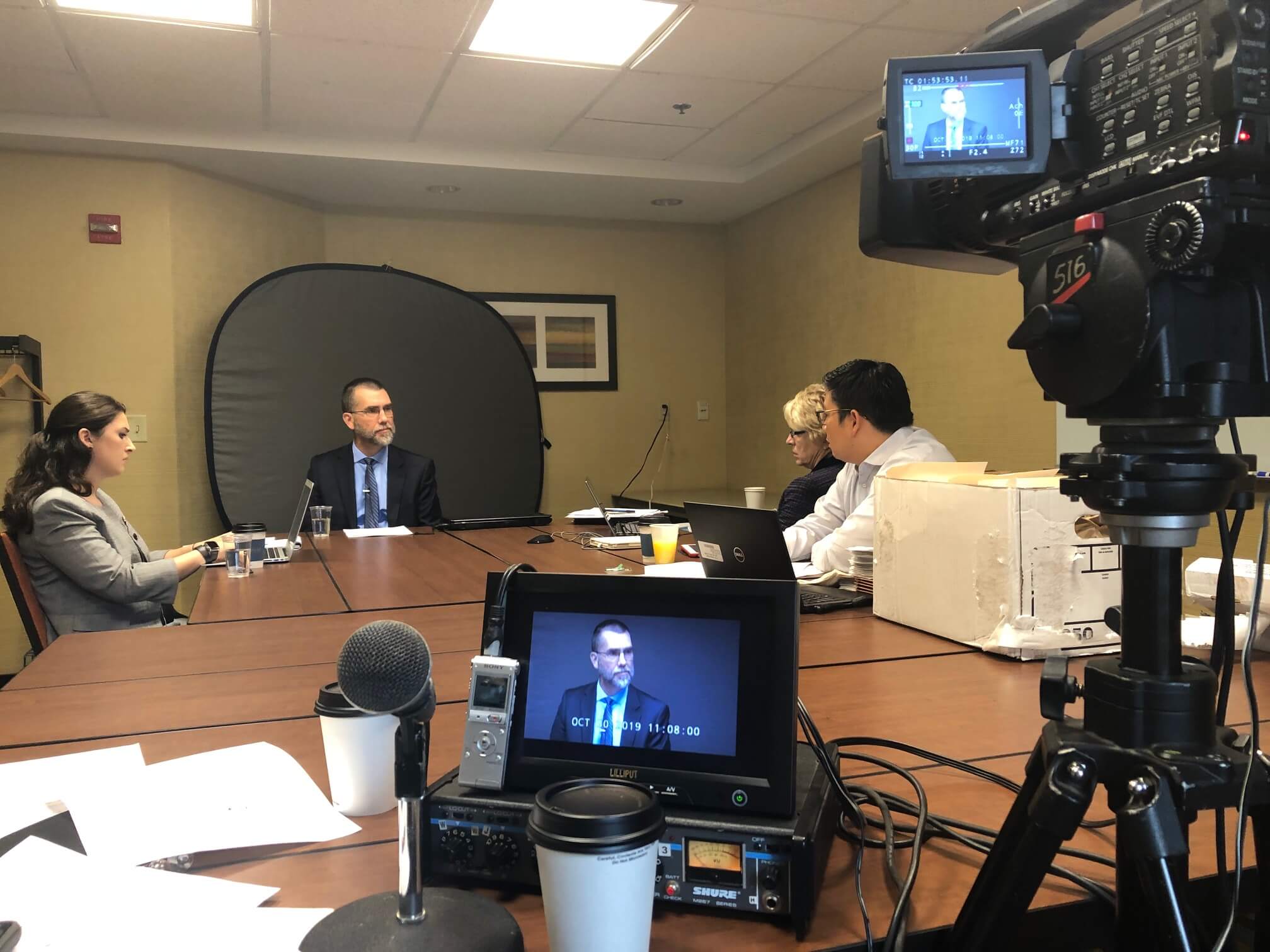Comprehending the Influence of Legal Videography on Situation Outcomes
Comprehending the Influence of Legal Videography on Situation Outcomes
Blog Article
Delving Into the Systems of Legal Videography: Introduction Its Operation in Shielding Genuine Visual Testament for Judicial Process
In the realm of judicial proceedings, the function of lawful videography stands as a cornerstone in maintaining and presenting visual proof. As technology continues to advance, the mechanisms behind lawful videography have ended up being progressively elaborate, using a critical layer of authenticity to testaments captured on video.
Historical Development of Lawful Videography
Taking a look at the historic development of lawful videography discloses a substantial transformation in the capturing and presentation of aesthetic evidence within the lawful landscape. In the past, legal proceedings greatly depended on written pictures and transcripts to record occasions and supply evidence. With the development of video clip modern technology, the legal sector experienced a standard change in just how aesthetic statement was captured and offered.
The evolution of lawful videography can be traced back to the late 20th century when advancements in video clip recording equipment made it more accessible for usage in court rooms. This technological advancement not just improved the precision and reliability of visual evidence but also reinvented the means situations existed to courts and courts (Legal Videography). Attorneys began to recognize the convincing power of video recordings in communicating emotions, subtleties, and non-verbal signs that created transcripts or photographs alone can not catch efficiently

Modern Technology Developments in Video Documents
What key technological advancements have changed video documents in the lawful field? The legal area has actually seen significant advancements in video clip documentation innovation that have enhanced the authenticity and integrity of aesthetic proof in judicial process.
Moreover, developments in video clip file encryption and watermarking innovations have actually reinforced the safety and security and tamper-proof nature of video evidence, securing it against unapproved modifications or meddling. The arrival of cloud storage space options and remote access capacities has streamlined the storage, retrieval, and sharing of video clip evidence, promoting seamless cooperation amongst legal experts and ensuring reliable access to critical aesthetic statements when needed. These technical improvements in video documents have actually undoubtedly changed the legal area, boosting the accuracy, reputation, and admissibility of aesthetic proof in judicial proceedings.
Function of Legal Videographers in Court Room Settings
The development of video clip paperwork modern technology in the legal field has necessitated an important duty for legal videographers in court setups, guaranteeing the stability and integrity of aesthetic testaments offered throughout judicial proceedings. Legal videographers play a basic duty in recording and protecting exact aesthetic proof that can be essential in court instances. Their duty prolongs to setting up tools, videotaping proceedings, and generating high-grade videos that precisely mirror the events in the court.
In court setups, lawful videographers have a peek at this site need to comply with rigorous standards and requirements to maintain the credibility of the aesthetic document. They should possess an eager eye for information and a comprehensive understanding of legal treatments to make sure that the video they record is a real depiction of the occasions that transpired. Additionally, lawful videographers commonly function closely with lawful groups to ensure that the video clip proof aligns with the instance's needs and can be successfully offered in court to support the legal debates being made. Overall, the duty important site of legal videographers in courtroom settings is crucial in upholding the concepts of justice and guaranteeing the transparency of lawful procedures.

Ensuring Admissibility and Integrity of Video Clip Evidence
To preserve the integrity of visual evidence presented in legal process, making certain the admissibility and stability of video proof is an important responsibility for lawful videographers. Admissibility describes the acceptance of proof by the court, and for video clip evidence to be acceptable, it has to fulfill particular requirements. Lawful videographers play a vital duty in making sure that the video clips they capture abide by the regulations of evidence, such as reliability, credibility, and significance.
Integrity of video clip proof entails preserving the creativity and precision of the video from the time it is tape-recorded until it is offered in court. This consists of securely keeping the video clip files, documenting the chain of custodianship, and avoiding any meddling or modifications. Lawful videographers must stick to stringent methods to ensure the stability of the video clip proof and stop any kind of difficulties to its authenticity.
Future Trends in Legal Videography
Offered the raising reliance on technology in legal proceedings, legal videographers are positioned to welcome ingenious innovations forming the future of visual testament capture and discussion. Among the popular trends imminent is the assimilation of digital truth (VR) and increased truth (AR) technologies right into legal videography. These technologies have the potential to revolutionize just how visual evidence is offered in court rooms, permitting courts and juries to immerse themselves in the scene of the criminal activity or incident.
Furthermore, using synthetic knowledge (AI) formulas for video analysis is anticipated to simplify the procedure of reviewing and examining large quantities of video clip footage. AI can assist in identifying key moments, anomalies, and patterns within videos, boosting the performance of legal examinations.

Conclusion
In conclusion, legal videography has actually played a vital function in offering genuine aesthetic proof additional hints for judicial process. With technological advancements and the competence of lawful videographers, the stability and admissibility of video evidence are made sure in courtroom setups. As lawful videography remains to evolve, it will certainly be necessary to copyright requirements that keep the precision and reliability of visual statement for the future of legal process.
Taking a look at the historical progression of lawful videography discloses a substantial change in the recording and discussion of visual proof within the lawful landscape.The advancement of video clip documentation innovation in the legal area has demanded a vital duty for legal videographers in court settings, making sure the integrity and integrity of visual statements presented during judicial procedures. Furthermore, legal videographers usually function very closely with lawful teams to ensure that the video clip proof lines up with the situation's demands and can be properly presented in court to support the legal disagreements being made.To maintain the credibility of aesthetic evidence presented in lawful proceedings, making sure the admissibility and integrity of video clip evidence is a vital responsibility for lawful videographers. As lawful videography continues to develop, it will be vital to support requirements that maintain the precision and integrity of visual testament for the future of lawful proceedings.
Report this page